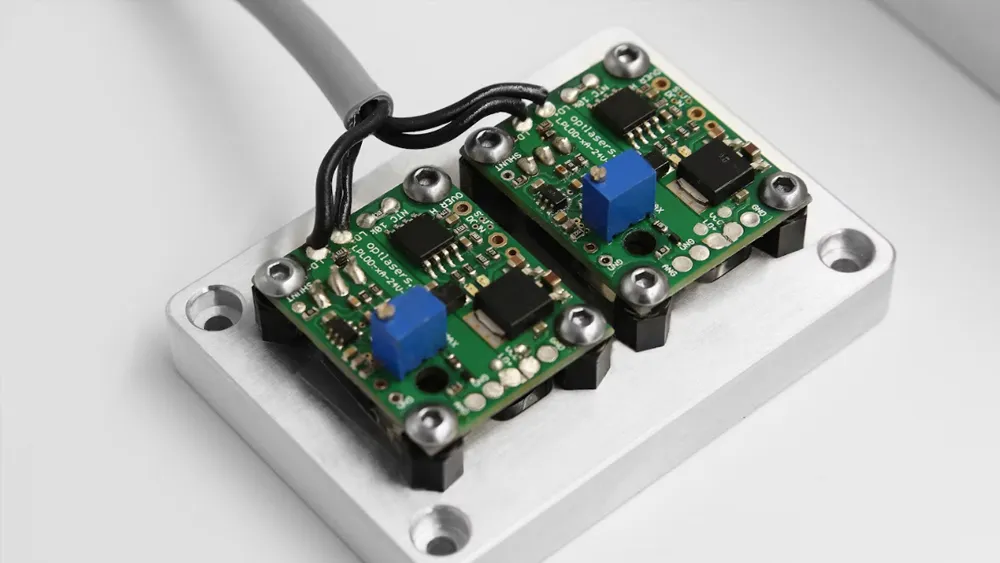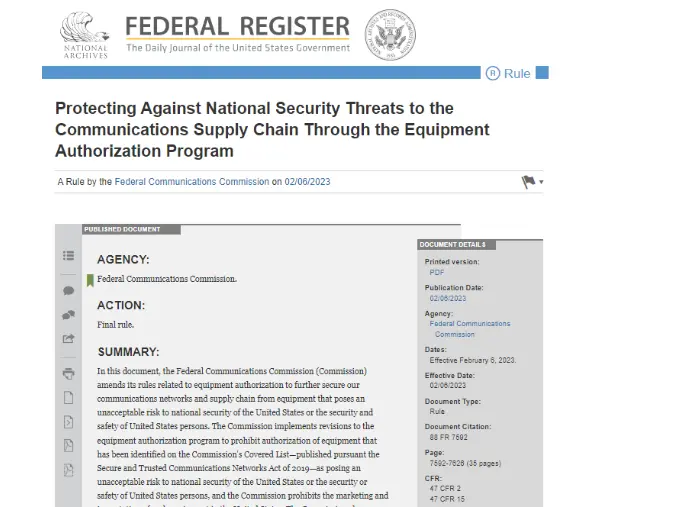
What is JIS C62133-2 Compliance Testing?
To meet the market access requirements in Japan, lithium batteries (with an energy density greater than 400 Wh/L) must obtain the pse certification mark through Japan's Electrical Appliance and Material Safety Law. On December 21, 2020, the Japanese Industrial Standards Committee (JISC) published the standard JIS C 62133-2:2020.

Test Items:
- 7.2.128-day constant voltage charge (cell)
- 7.2.2High-temperature molded stress (battery pack)
- 7.2.2ATemperature cycling
- 7.3.1External short circuit (cell)
- 7.3.2External short circuit (battery pack)
- 7.3.3Free fall
- 7.3.4Thermal abuse (cell)
- 7.3.5Crush (cell)
- 7.3.6Overcharge (battery pack)
- 7.3.7Forced discharge (cell)
- 7.3.8.1Vibration (battery pack)
- 7.3.8.2Shock (battery pack)
- 7.3.8ALow pressure (cell)
- 7.3.8BHigh-rate charge (cell)
- 7.3.8CDevice drop (battery pack)
- 7.3.8DOvercharge protection (battery pack)
- 7.3.9Forced internal short circuit (cell)
- Appendix DAC internal resistance of button cells
On August 26, 2022, the IECEE website released the Japanese deviation of IEC62133-2, J62133-2(2021) (JP ND). This means that a CB report with Japanese deviation can replace a PSE report and be used to issue a pse certificate.
If a cell and battery (battery weight not exceeding 7 kg) already have a cb certificate under IEC62133-2:2017, the Japanese deviation requires the following supplementary difference tests:
1. 28-day constant voltage charge (cell)
2. Temperature cycling test (cell + battery)
3. Low pressure test (cell)
4. High-rate charge (cell)
5. Forced internal short circuit (cell)
6. Overcharge protection (battery)
7. Drop test of battery installed in equipment (portable devices ≤ 7 kg, stationary devices ≤ 5 kg)
Email:hello@jjrlab.com
Write your message here and send it to us
 What are ASTM F963 and CPSIA?
What are ASTM F963 and CPSIA?
 Comparison of ASTM F963 and EN 71
Comparison of ASTM F963 and EN 71
 How to get CSA C22.2 NO.256:14 Test Report?
How to get CSA C22.2 NO.256:14 Test Report?
 How much is the ISTA Amazon Packaging & Shippi
How much is the ISTA Amazon Packaging & Shippi
 Amazon Product Laboratory Testing Requirements
Amazon Product Laboratory Testing Requirements
 How to Get EPA Certificatio
How to Get EPA Certificatio
 What is EPA Certification in the United States?
What is EPA Certification in the United States?
 What is an FCC Registered Agent?
What is an FCC Registered Agent?
Leave us a message
24-hour online customer service at any time to respond, so that you worry!




